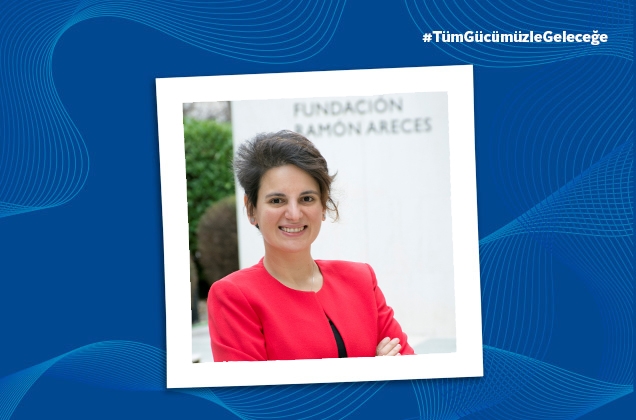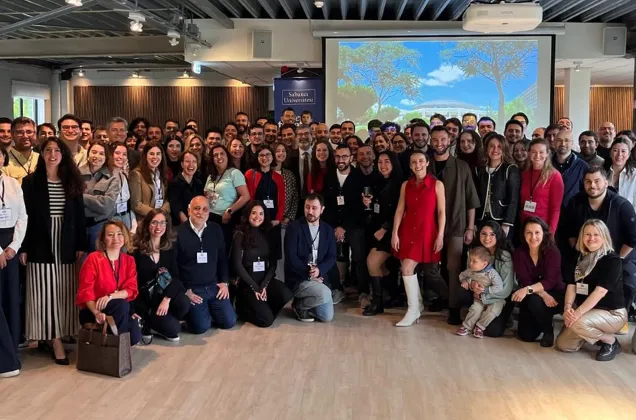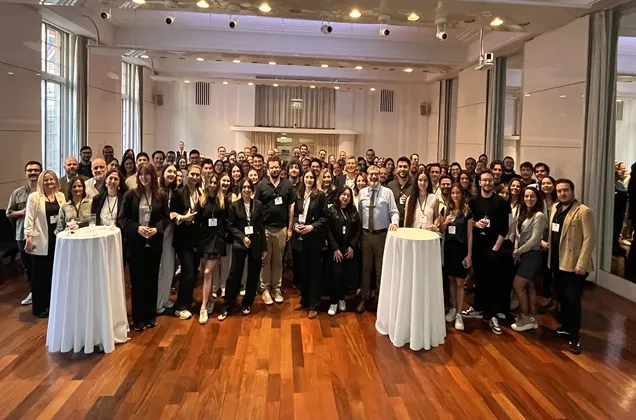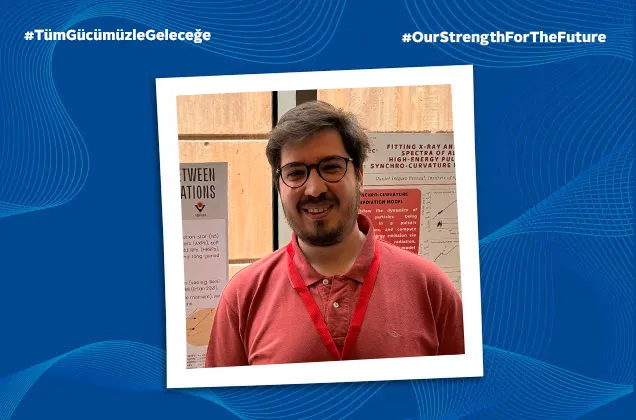15/08/2021
Rabia Tuğçe Yazıcıgil, graduate of Sabancı University Electronics Engineering Program, has developed a chickpea-sized, ingestible capsule that transmits wireless data in collaboration with MIT in her laboratory at Boston University. The capsule will enable early diagnosis of gastro-intestinal diseases without the need for an endoscopy and pave the way for quick treatment.

Carrying out her studies in the laboratory she established at Boston University Electrical and Computer Engineering Program after graduating from Sabancı University Electronics Engineering Department, Assistant Professor Rabia Tuğçe Yazıcıgil made an important breakthrough. Assistant Professor Rabia Tuğçe Yazıcıgil developed a chickpea-sized, ingestible capsule that transmits wireless data in collaboration with MIT. The capsule will enable early diagnosis of gastrointestinal diseases without the need for an endoscopy and pave the way for quick treatment.
Completing her master’s degree at EPFL in Switzerland after graduating from Sabancı University Electronics Engineering Department, and obtaining her PhD from Columbia University Electrical and Electronics Engineering Department, Rabia Tuğçe Yazıcıgil completed her post-doctoral studies in the laboratory of Anantha Chandrakasan, Dean of the Faculty of Engineering in MIT. Establishing her own laboratory at the Electrical and Computer Engineering Department of Boston University as an Assistant Professor, Yazıcıgil also continues to work at MIT as a visiting researcher.
Rabia Tuğçe Yazıcıgil described her collaboration with MIT as follows: “This research is carried out in collaboration with the teams of Prof. Timothy Lu and Prof. Giovanni Traverso from MIT. Our research is funded by Helmsley Charitable Trust. With MIT, we have designed an ingestible, chickpea-sized capsule transmitting wireless data to monitor the gastrointestinal system continuously and without any intervention. This capsule can be used to diagnose and monitor diseases such as Crohn’s, colitis, upper intestinal hemorrhages and other gastrointestinal failures. Our high-definition biochemical sensor will facilitate diagnosis of diseases and make it possible to start the treatment process quickly. Inflammations and diseases in the gastrointestinal system are usually diagnosed through examination of endoscopy images obtained under supervision of a doctor. However, since endoscopy is a technology that requires some intervention, it can be applied to patients a limited number of times per year, which makes it harder to monitor patients continuously. Furthermore, endoscopy is a camera-based system, which fails to indicate molecular traces of diseases."
THE CAPSULE TRANSMITS DATA WITH A WIRELESS SENSOR EVERY 10 MINUTES
Pointing out that the capsule previously designed by the team at MIT was larger, Yazıcıgil continued, "In our new study, we aimed to decrease the size of the capsule to millimetric dimensions to make it safely ingestible. We modified the capsule to enable it to sense hemorrhages in the stomach or gases that may be indications of other diseases. Activated every 10 minutes, the capsule processes signals for 16 seconds and transmits these to a mobile phone or a computer in 12 milliseconds with a wireless sensor. You can think of the capsule we designed as a technology that is in your body to monitor your health, sense signs of diseases in your gastrointestinal system, and give you information without going to a hospital."
Saying that in vitro tests were completed successfully, Yazıcıgil added, "The next step is about carrying out in vivo tests. The most important thing is that we are now one step closer to clinical applications, because our capsule is of a millimetric size and can operate at very low levels of power (10-9 Watt - nanoWatt). Our target for the future is that such capsules will not need any source of power, battery etc. and will operate with the energy they harvest in the stomach.”




